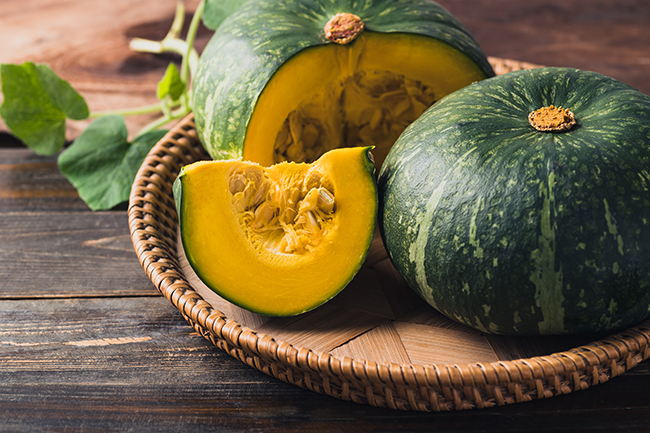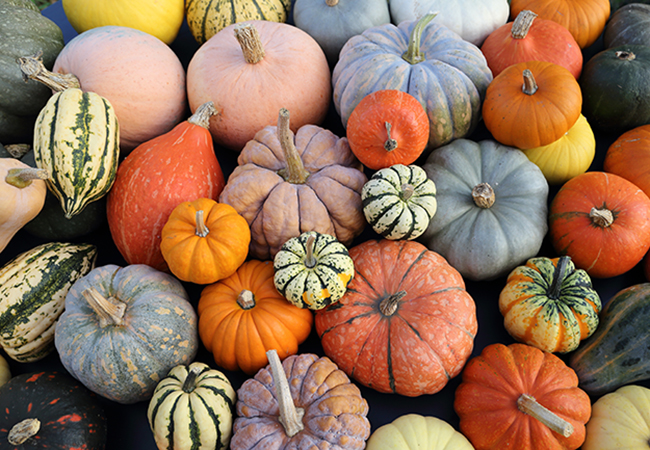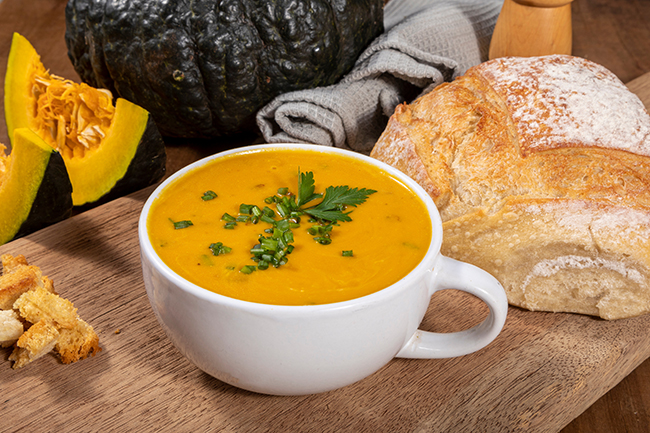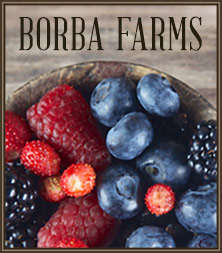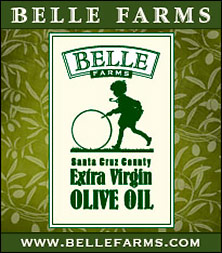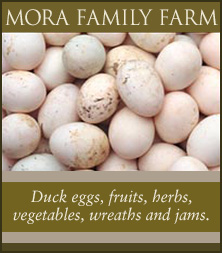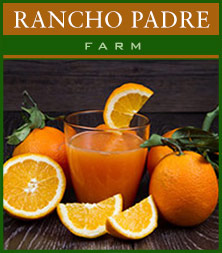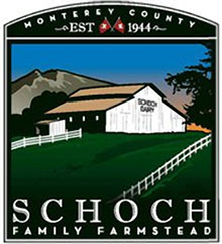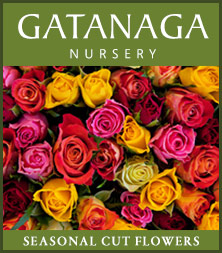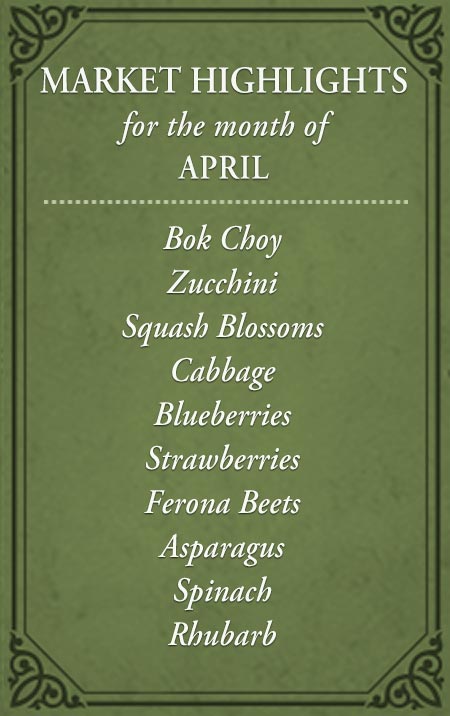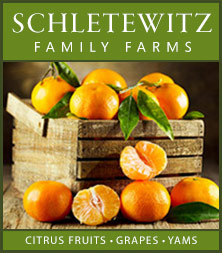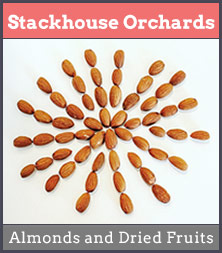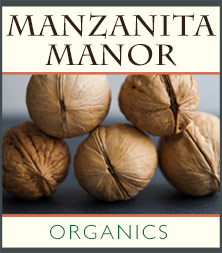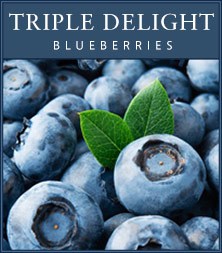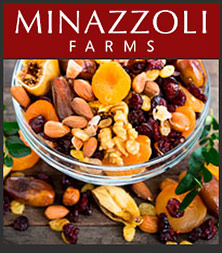The kabocha squash, often called the “Japanese pumpkin,” is a winter squash known for its delicious flavor, rich texture, and culinary versatility. This humble squash stands out not only for its delightful taste but also for its efficiency—both the tender skin and the seeds are edible, minimizing waste and maximizing flavor.
A Flavorful Favorite
Kabocha squash is celebrated for its sweet, nutty flavor, often compared to a blend of pumpkin and sweet potato. Some detect subtle undertones of chestnut, adding to its allure. Its appearance is just as distinctive—its squat, round shape, with a deep green, often bumpy skin, encases a vibrant yellow-orange flesh. Typically weighing between 2 to 4 pounds, this versatile squash lends itself beautifully to both savory and sweet dishes.
From Explorers to Farmers Markets
The journey of the kabocha squash is a story steeped in history. Originally believed to have originated in South America, this squash was introduced to Japan in the 16th century by Portuguese traders, which is how it earned the nickname “Japanese pumpkin.” The squash’s long shelf life made it a prized cargo for sailors, and its popularity quickly spread across Asia and Europe. Today, California is one of the largest producers, exporting much of its crop back to Japan where kabocha remains a beloved staple.
Nutrient-Rich and Delicious
Beyond its delicious taste, kabocha squash offers an impressive array of health benefits. Just one cup of cooked kabocha provides around 100 calories, making it a nutrient-dense, low-calorie option. It’s packed with vitamins A and C, important for immune health and skin vitality, as well as a good source of fiber, calcium, iron, and some B vitamins. Don’t forget the seeds! Roasting kabocha seeds, much like pumpkin seeds, gives you a crunchy snack rich in zinc.
How to Pick the Best Kabocha Squash
When selecting a kabocha squash at your local farmers market, look for one with a firm, blemish-free skin. Avoid any with soft or moldy spots, as this indicates spoilage. A good kabocha should feel heavy for its size, indicating moisture-rich flesh inside.
Cooking with Kabocha
Kabocha squash can be easily swapped into recipes calling for butternut or acorn squash. Steam it for a creamy purée to use in soups, pies, or even as a base for savory dishes. It’s particularly delicious when roasted, as it caramelizes beautifully, enhancing its natural sweetness. Try using kabocha in place of pumpkin in a pie—it’s known to add a richer, deeper flavor!
Storage Tips
The thick, tough skin of kabocha squash gives it an extended shelf life. When stored in a cool, dark place, a whole, uncut squash can last for up to a month. Once cut, wrap the remaining pieces tightly in plastic and store them in the refrigerator, where they’ll stay fresh for up to a week.
A Farmers Market Gem
Whether you’re new to kabocha or a long-time fan, this winter squash deserves a spot on your table. Its flavor, nutrition, and versatility make it a standout ingredient perfect for any season. Next time you visit our farmers markets, be sure to pick one up and discover why kabocha squash has become a favorite of home cooks and chefs alike.
RECIPES: Click here for a selection of our favorite recipes.


